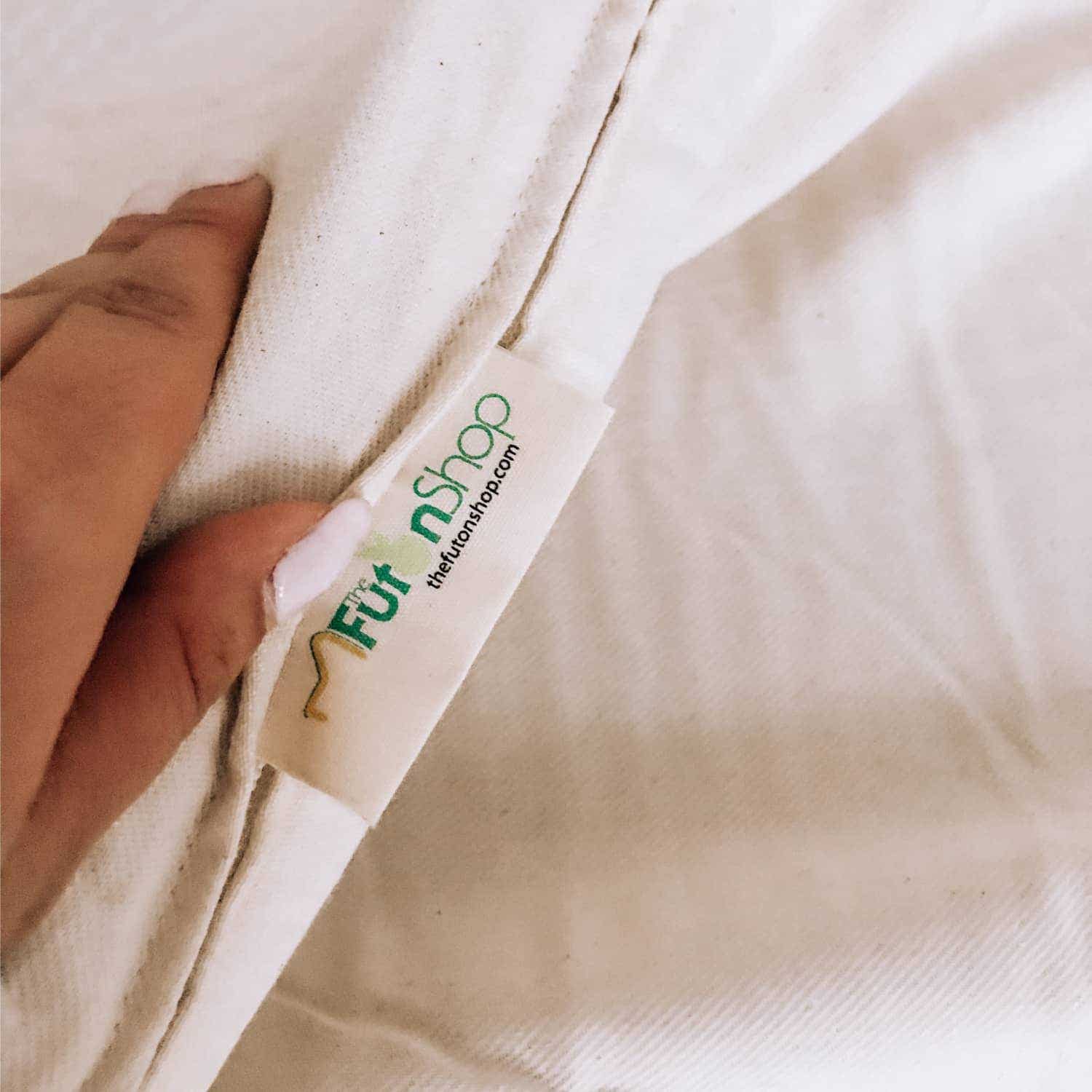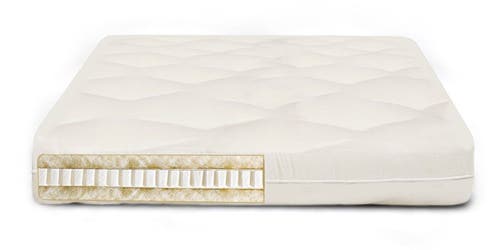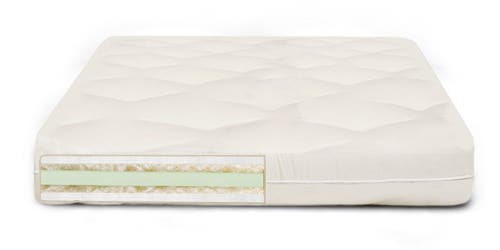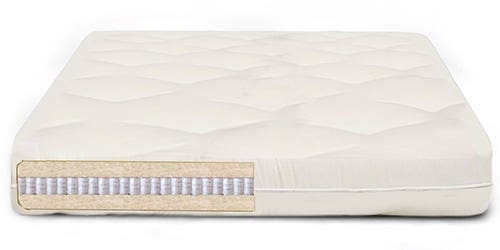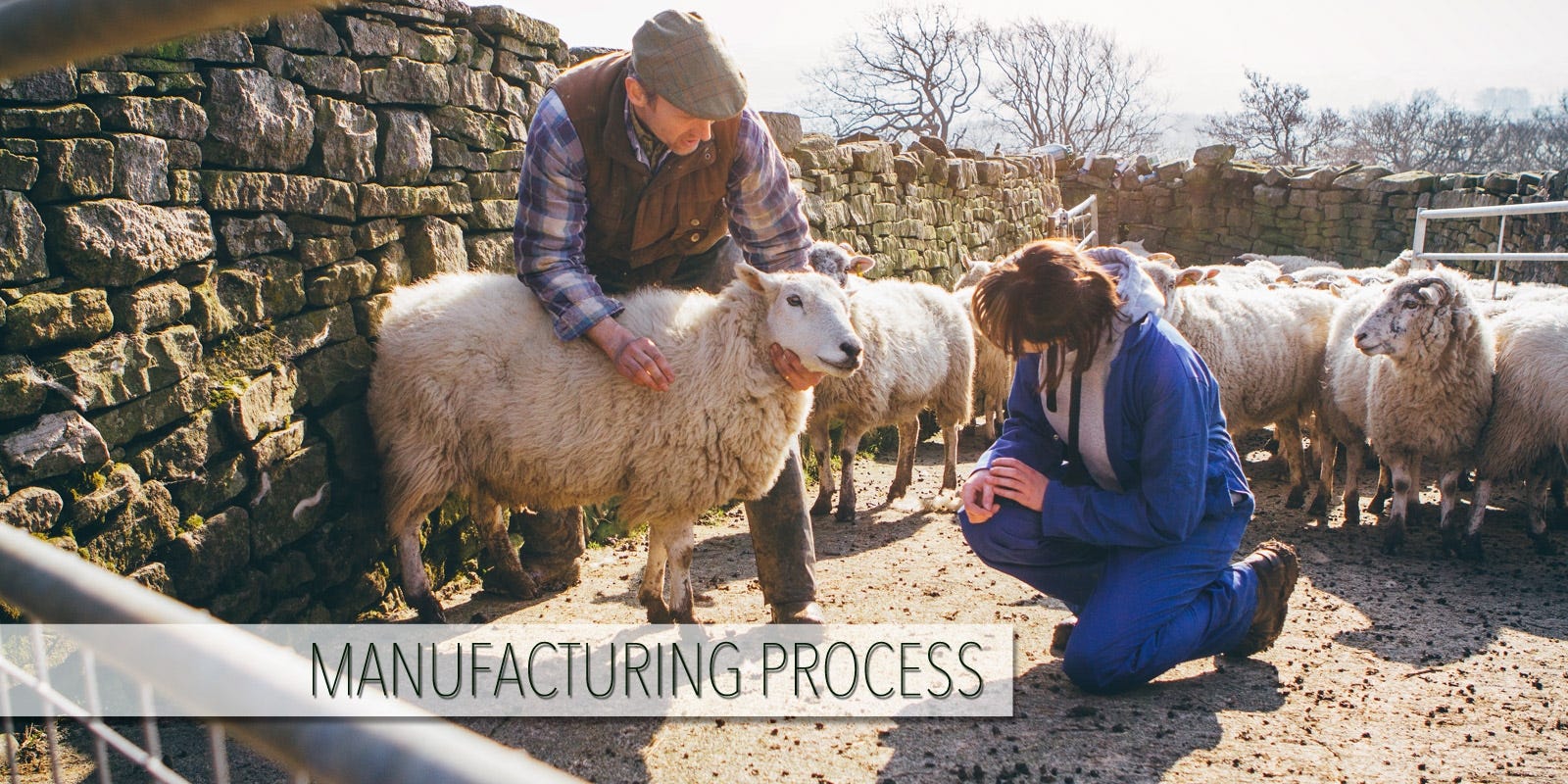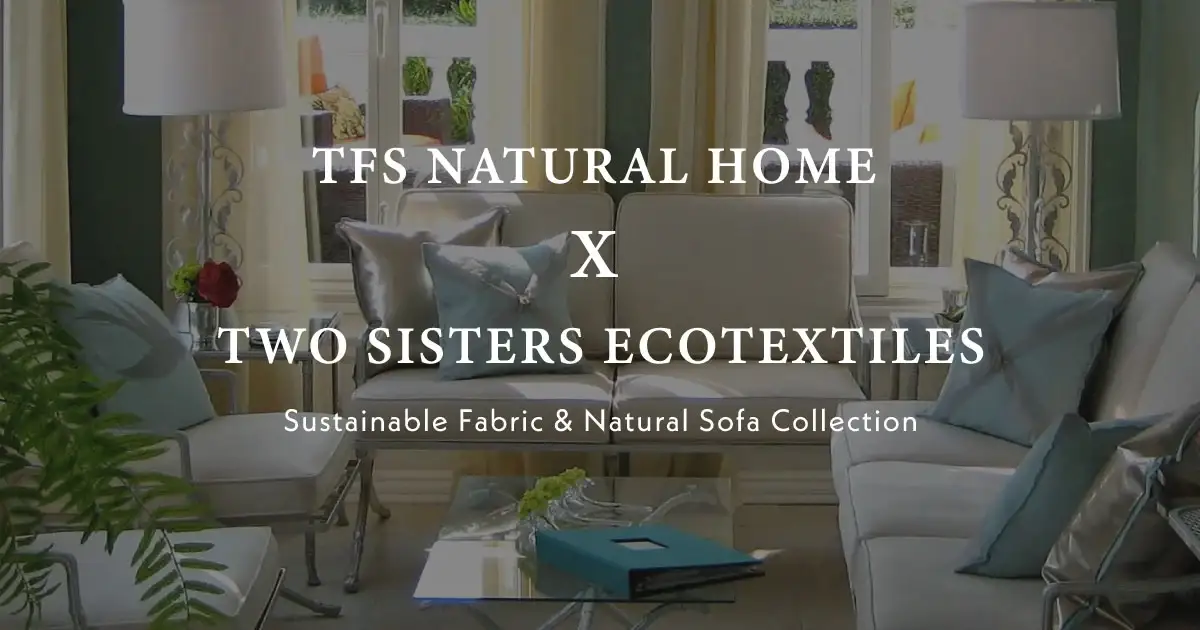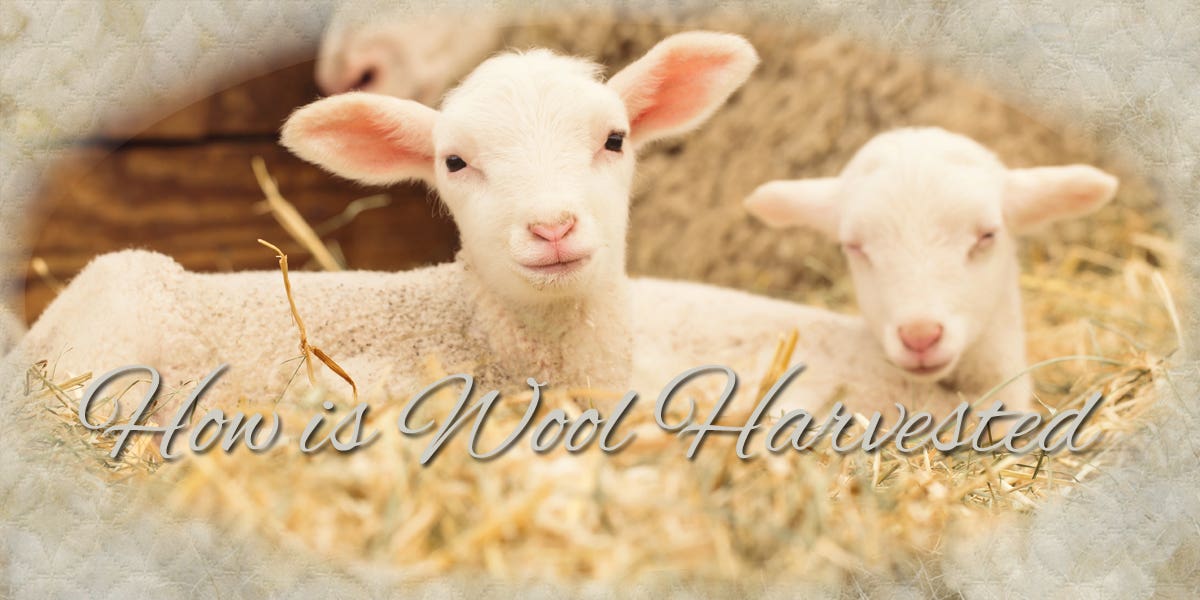
Animal Care, Welfare, Sheep Shearing
Why Buy From Us?
When you purchase wool from The Futon Shop, you can be sure you are getting unbleached, virgin, chemical free wool, sheared from sheep that are humanely raised in the United States! With The Futon Shop’s chemical free domestic wool made products you can be completely positive when you’re purchasing that you are not being sold any artificial or synthetic fibers.
In 2011, 4.1 million head of sheep and lambs were shorn, yielding 30 million pounds of unwashed wool, or 16 million pounds of clean wool. Although wool is grown around the world and processed by many farmers before sale The Futon Shop cuts costs to the consumer by purchasing raw wool bails directly! While it is not uncommon for manufacturers to use third parties to sort and garnett wool we purchase directly and garnett ourselves using our own machines!
The hard working sheep sheerers are to thank for getting us the best quality wool for any Non Toxic Mattress you see from The Futon Shop. Order one of our luxury chemical free mattresses with premium chemical free ingredients for a wide range of safer mattress options for your family while supporting those who believe in giving dignity, respect, and care, where it is due when working with animals.
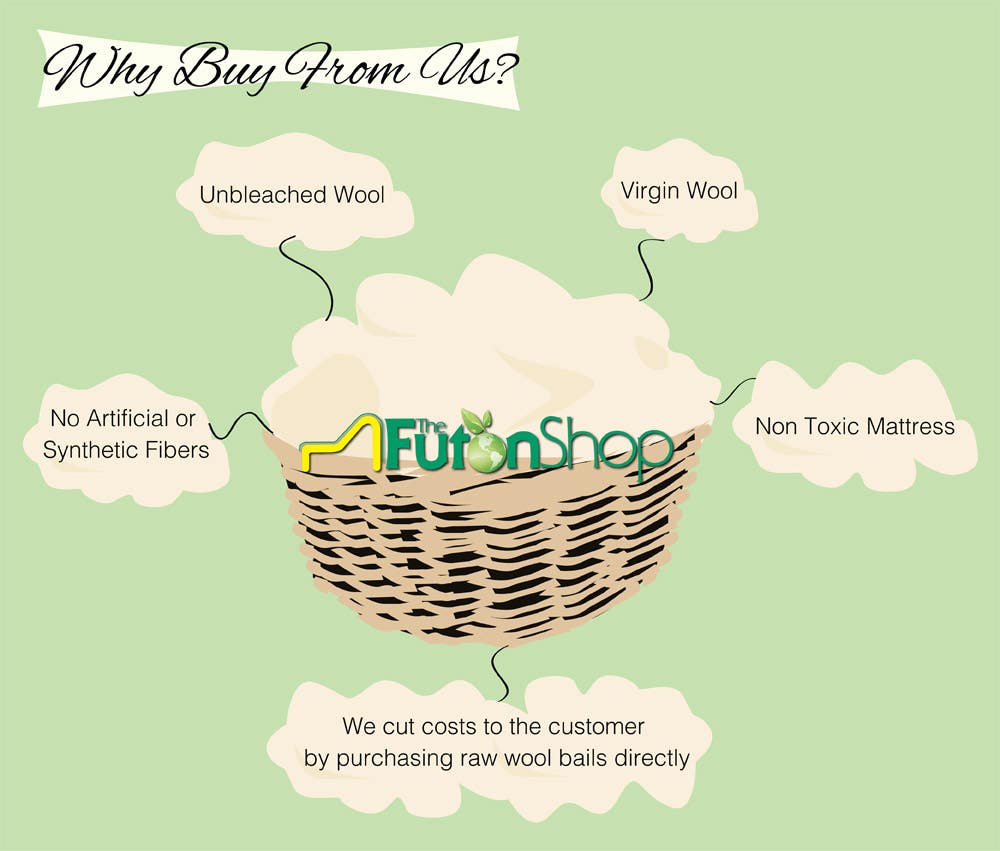
Sheep Shearing
The process of shearing usually happens once a year in the spring to keep sheep cool and harvest their fleece. Sheep can be sheared in all seasons depending on the availability of trained professional fleece harvesters or “shearers.” Adult sheep are usually taken to a shed or a stand where the fleece is removed after it has been inspected for tensile strength and classed by a woolclasser. Classers are advanced professionals with years of experience in shearing and are also responsible for ensuring that a pre-shearing check is made to ensure that the wool and sheep areas are free of possible contaminants. The main job for a classer is to supervise shed staff during shearing and train any inexperienced hands for work. At the end of a shearing day woolclassers then have to provide full documentation concerning the clip of wool harvested to verify the amount and quality.
Using an efficient system named the tally-hi method invented in Australia in the mid 20th century, sheep shearers make sure that each fleece is harvested quickly and painlessly for the sheep! It is not just important that animals are sheared safely by third party approved methods but that all animals are kept in care 365 days a year and provided for as needed! Seeing animals mistreated and uncared for is something that The Futon Shop does not support, which is why we go out of our way to purchase from farmers who care about animals and the quality of care they provide!
Click to learn more about Where Does Wool Come From?.
Shearing PDF
Here is a great PDF about the workers in the American Wool Industry!
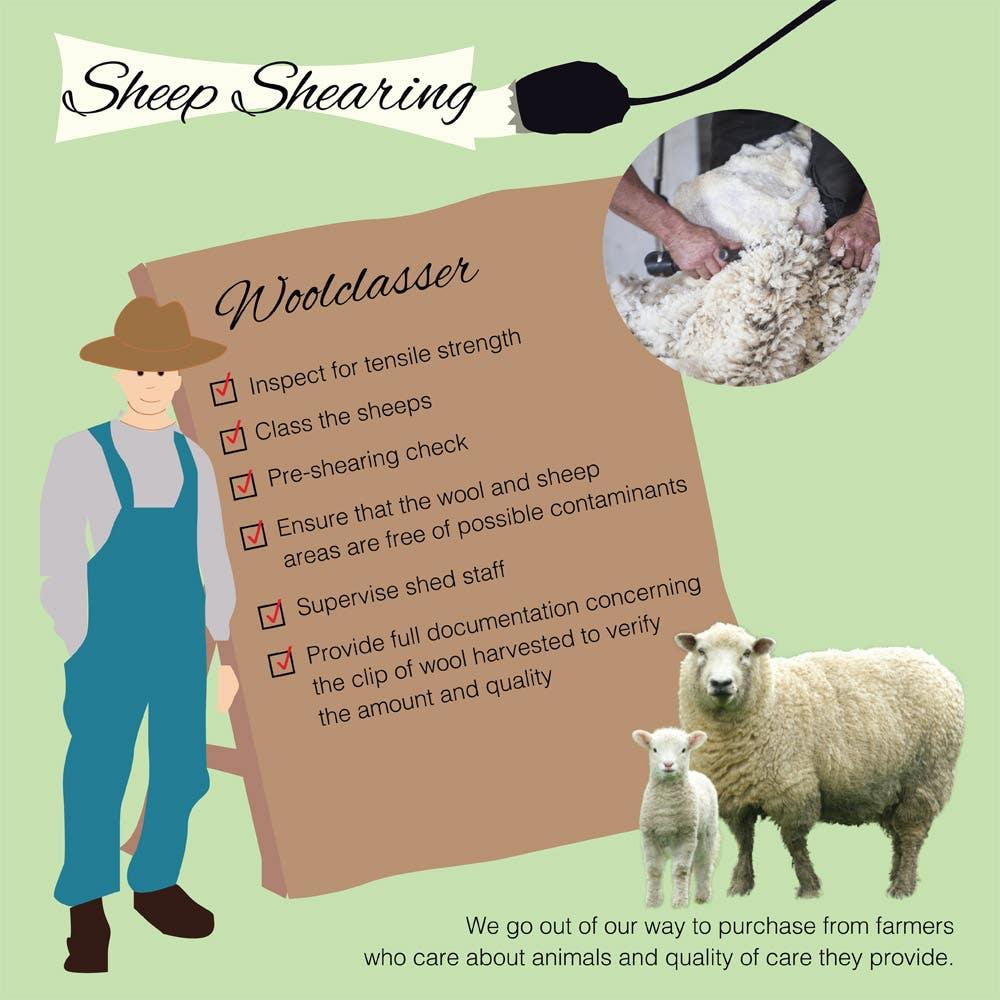
Where Does Wool Come From?
Texas is the top producer of wool in the United States, followed by California, Wyoming, Colorado and Utah. Did you know that there are over 47 breeds of sheep in the United States? Sheep can produce different wool according to the breed sheared. Long wool breeds, dual purpose breeds, hair breeds, and minor breeds are types of sheep that can be used for their wool or hair.
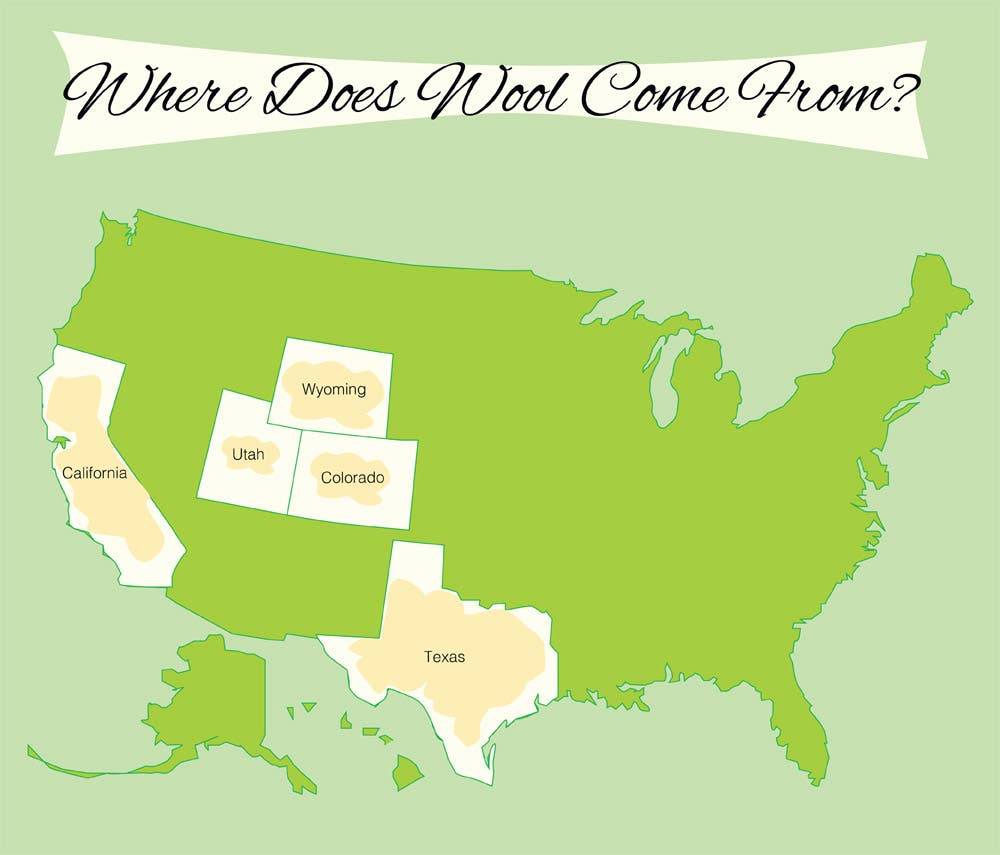
Organic Sheep Farmers
When you buy wool products it can be important to know exactly how the wool is grown. Much of this fiber is harvested from sheep being raised organically for meat. Although the United States Department of Agriculture can certify green pastures the practice of raising sheep for organic wool, most often takes place indoors. The USDA qualifies that any sheep given only organic food is fit to produce organic wool as a sellable bi-product.
Click to learn more about the What Are The Different Types Of Wool?.
Animal Welfare
The safety of sheep and the care that shearers take is very important not only to The Futon Shop but to the customers we serve! The wool industry makes the care of sheep a primary focus that is seriously advocated by many separate organizations to help regulate the safe care for animals. By making a conscious effort to educate the world on practices they take for treating animals humanely. When you understand the care that shearers and sheep herders take to ensure proper care you will be happy to support american workers who believe in proper respect for animals.
Not only do we depend on the best quality wool for our mattresses, we understand that the livelihood of our business and community is dependent on those who dedicate their lives to better farming practices. Sustainable methods of farming are not just better for the animals, it is better for the environment. By having sheep graze in non-chemically treated fields, there is far less harm to the environment that conventionally grown cotton growing with pesticides causes. By avoiding synthetic fills you can keep unnecessary fillers out of the environment where they do not belong.
The safe and proper care of animals is important, when we make any one of our mattresses with wool such as our Chemical Free Wool Mattress we want to support only those who have the same respect and sensitivity that we believe animals should be treated with.
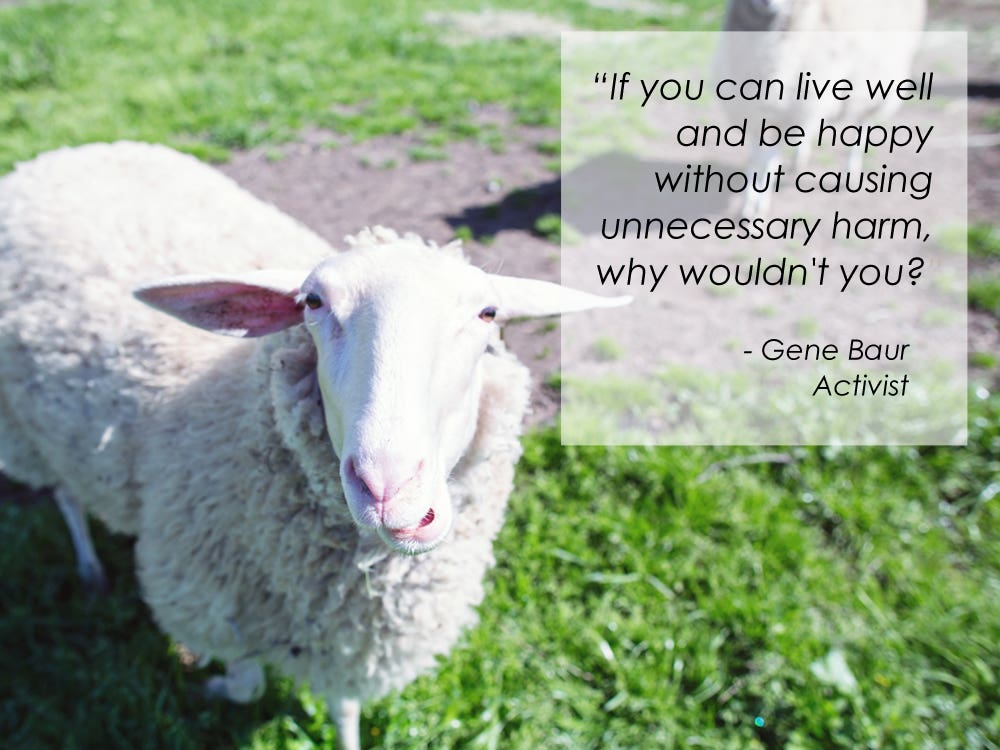
Annual Sheep Shearing Festival
http://www.trailingofthesheep.org/
California Wool Growers Website
http://cawoolgrowers.org/about/assoc.html
Learn more about the current issues of animal safety that the domestic wool industry is currently fighting to solve!
https://www.sheepusa.org/IssuesPrograms_AnimalHealth_AnimalCareWelfare
View The Futon Shop's Wool Mattress Collection Here!
- Certified Organic Wool Vs Natural Wool Mattresses
- Is Wool A Natural Fire Retardant?
- What Does GOTS Certified Organic Wool Mean?
- What Are The Benefits Of A Wool Mattress?
- What Are The Benefits Of Wool In Mattresses?
- How Is Wool Harvested?
- How Do You Process Raw Wool Into Mattresses?
- What Are The Different Types Of Wool?
- What Are The Wool Bedding Benefits?
- Wool Bedding Care
- Why Should I Choose A Wool Mattress?
- How To Make A Futon More Comfortable?
LEARN MORE

